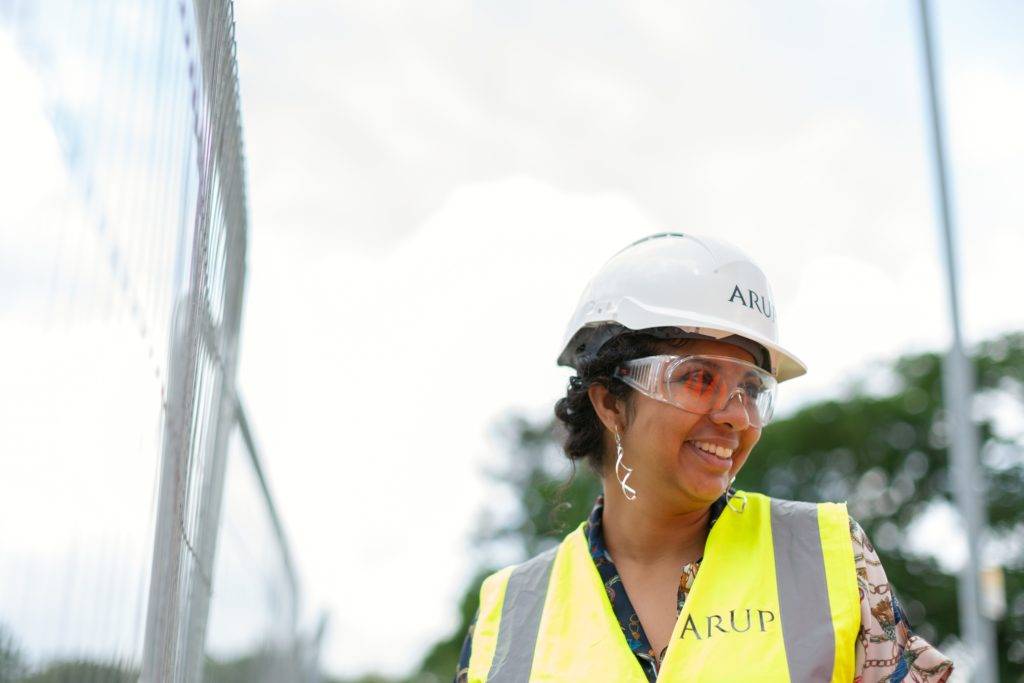The global Covid-19 pandemic has brought personal protective equipment (PPE) to the forefront, not only for professional reasons but also to safeguard individuals in their own lives. But PPE has always been vital, as employee safety should be every company’s top priority.
The National Safety Council reports this alarming fact: Every seven seconds in the United States, a worker is injured on the job. That’s 510 worker injuries every hour, 12,600 every day, 88,500 every week, and 4,600,000 every year. It amounts to 104 million production days lost to work-related accidents. And the sad truth is, they could all be prevented – with a large part of the prevention solution being the right PPE.
PPE From Head to Toe
PPE covers a large group of products to protect users against low, medium, and high-level hazards. Here’s a synopsis of PPE coverage from head to toe. Ensure your employees have the right equipment to keep them safe and injury-free in the specific job they do every day.
- Headgear: Helmets, hard hats, bump caps, guards, and hairnets provide protection from falling or swinging objects, knocking against stationary objects, entanglement in machinery, or cross-contamination.
- Hand gear: Employees who work in extreme temperatures or need safeguards against vibration, burns, lacerations, or bacterial or chemical risks benefit from wearing the right gloves or cuff arm nets on the job.
- Eye and face gear: Goggles, safety glasses, eye and face shields, and visors protect those who work with lasers or power tools, use gas or vapor under pressure, weld, or handle hazardous substances.
- Respiratory protection: This covers a broad range of PPE, including breathing apparatus, respirators, hoods, facemasks, detectors, and monitors.
- Hearing protection: Earplugs, noise meters, communication sets, acoustic foam, and other forms of hearing protection are vital when working in a high-sound level environment. Hearing PPE should also provide the right level of hygiene and comfort to users.
- Footwear: It’s critical to protect workers’ feet and legs against extreme temperatures, crushing, piercing, slipping, cutting, electrical hazards, and chemical exposure. Options include safety shoes or boots, and anti-static and conductive footwear.
- Body protection: Depending on a person’s job, you may need to protect them against severe weather conditions, extreme temperatures, entanglement, drowning, or viral or chemical dangers. Full-body PPE includes life jackets, harnesses, and weather-specific or high-visibility clothing.
All PPE must be inspected regularly to ensure it is still fit for use and for the health and safety of your workers. Also, especially when it comes to more specialized forms of PPE, make sure you never slack off on proper training in equipment use.
For additional tips on keeping your workforce safe, contact PrideStaff Modesto today. Owned and operated in California’s Central Valley for more than three decades, we specialize in staffing and workforce development for the manufacturing, warehousing, skilled labor, administrative, and finance, and accounting industries.



